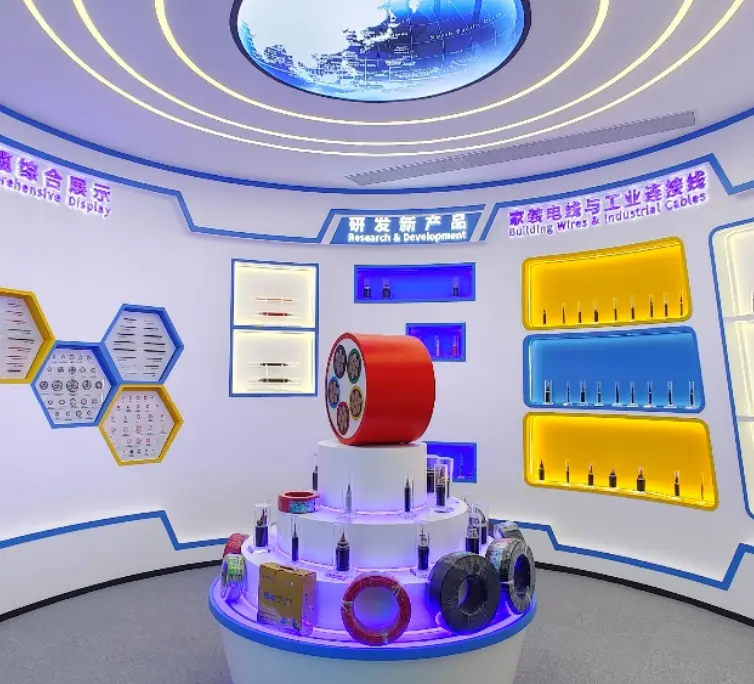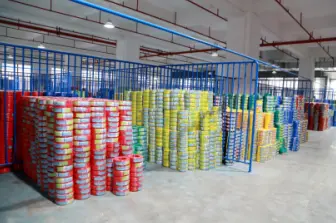Causes and Consequences of Electrical Power Cables
When the electrical power cable passes a certain load current, it will definitely heat up. As the load current increases, the surface temperature of the cable will be higher. If it is not dealt with in time, the consequences can be imagined. "Cable Treasure Cable Application Technology Research Institute" mentioned: polyvinyl chloride (PVC) cables are considered to be the upper limit of the core temperature of 70 degrees, and the surface temperature will be 5 to 10 degrees lower. Therefore, the surface temperature of the electrical power cable is basically safe below 60 degrees. From the perspective of power supply maintenance, of course, the lower the temperature, the better.
Ⅰ. About the electrical power cable
Power cables are cables used to transmit and distribute electrical energy. Power cables are often used in urban underground power grids, power station lead-out lines, internal power supply in industrial and mining enterprises, and underwater transmission lines across rivers and seas. In power lines, the proportion of electrical power cables is gradually increasing. Power cables are cable products used to transmit and distribute high-power electrical energy in the main lines of the power system, including electrical power cables with various voltage levels from 1 to 500KV and above, and various insulation.
Ⅱ. The reason for the heating of the electrical power cable
1. The conductor resistance of the electrical power cable does not meet the requirements, causing the cable to generate heat during operation.
2. Improper selection of the type of electrical power cable causes the conductor cross-section of the cable used to be too small, resulting in overload during operation. After long-term use, the heating and heat dissipation of the electrical power cable are unbalanced, resulting in heat generation.
3. The arrangement of electrical power cables is too dense during installation, the ventilation and heat dissipation effect is not good, or the cables are too close to other heat sources, which affects the normal heat dissipation of the cables, and may also cause the cables to generate heat during operation.
4. The joint manufacturing technology is not good, and the crimping is not tight, which causes the contact resistance at the joint to be too large, and also causes the electrical power cable to generate heat.
5. The insulation performance between the phases of the electrical power cable is not good, resulting in a small insulation resistance and heating during operation.
6. The partial sheath of the armored cable is damaged, which will slowly destroy the insulation performance after entering the water, causing the insulation resistance to gradually decrease, and will also cause heating during the operation of the cable.
After the electrical power cable generates heat, if the cause is not found and the fault is eliminated in time, the electrical power cable will continue to be powered on and run continuously, and the insulation thermal breakdown will occur. Causes the electrical power cable to short-circuit and trip between phases, which may cause a fire in serious cases.
Latest News & Blog
 English
English  français
français  Deutsch
Deutsch  العربية
العربية  tiếng việt
tiếng việt  ไทย
ไทย  čeština
čeština  Indonesia
Indonesia  Eesti
Eesti  български
български  slovenčina
slovenčina 



